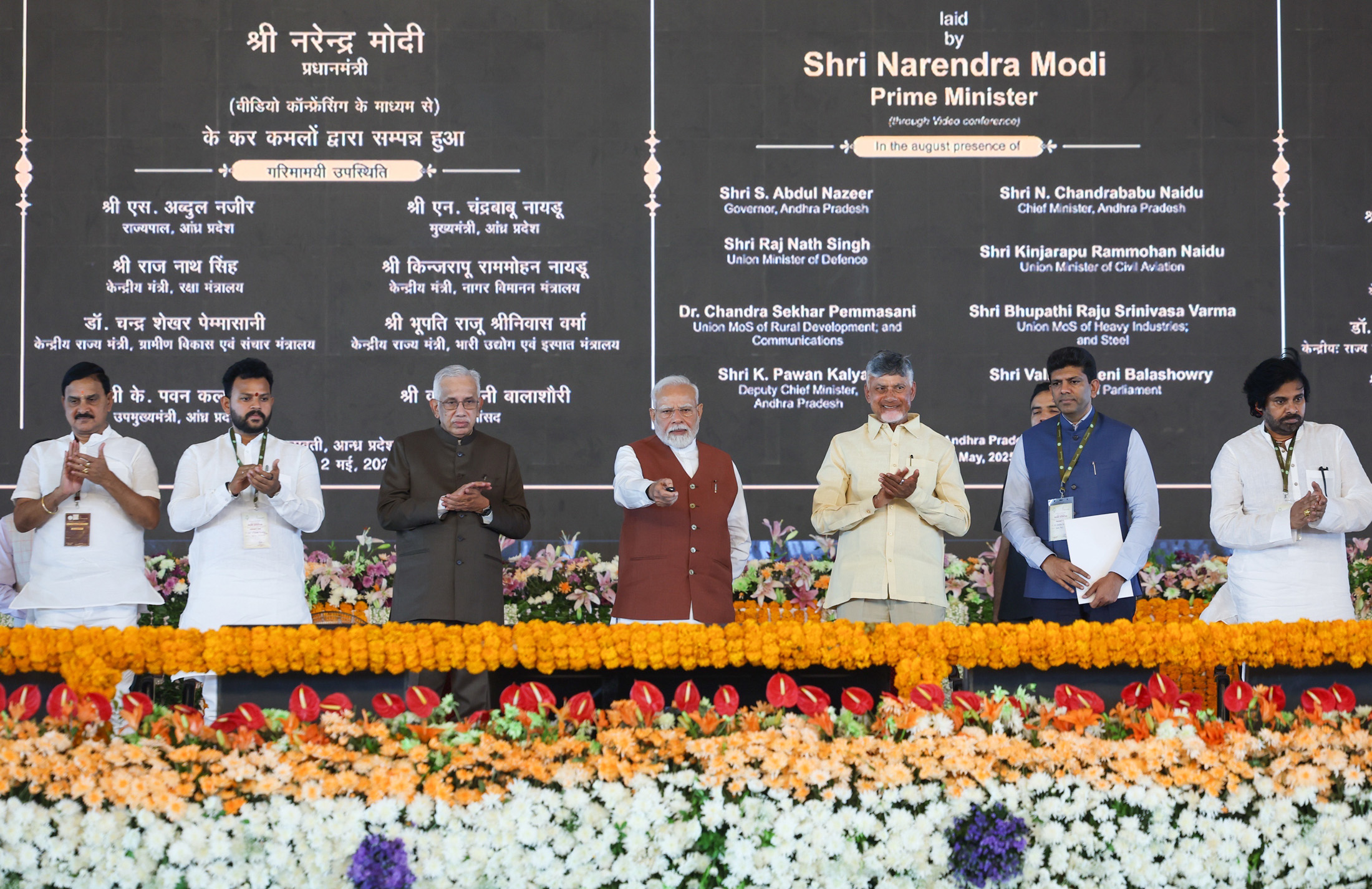- Courses
- GS Full Course 1 Year
- GS Full Course 2 Year
- GS Full Course 3 Year
- GS Full Course Till Selection
- Online Program
- GS Recorded Course
- NCERT (Recorded 500+ Hours)
- Polity Recorded Course
- Geography Recorded Course
- Economy Recorded Course
- AMAC Recorded Course
- Modern India, Post Independence & World History
- Environment Recoded Course
- Governance Recoded Course
- Science & Tech. Recoded Course
- International Relations and Internal Security Recorded Course
- Disaster Management Module Course
- Ethics Recoded Course
- Essay Recoded Course
- Current Affairs Recoded Course
- CSAT
- 5 LAYERED ARJUNA Mentorship
- Public Administration Optional
- ABOUT US
- OUR TOPPERS
- TEST SERIES
- FREE STUDY MATERIAL
- VIDEOS
- CONTACT US
Women Entrepreneurs in India
Women Entrepreneurs in India
Reserve Bank of India’s Innovation Hub (RBIH) recently published a white paper titled ‘At the Helm: Women Entrepreneurs Transforming Middle India.’
More about News
- The report examines the complex socioeconomic factors impacting women's participation in entrepreneurship, particularly in Tier II and Tier III cities.
- Despite advancements in education and workplace legislation, women entrepreneurs remain underrepresented in these areas.
- The study underscores the need for immediate action to address this gap and empower women entrepreneurs in Middle India, recognizing their potential to play a transformative role in the region's economic development.
Significance of Women Entrepreneurs in Middle India
- Economic Significance:
- Sustainable Economic Development & Employment Generation: Increased women's entrepreneurship can create millions of jobs and significantly boost economic growth.
- 13.76% of entrepreneurs are women (NITI Aayog).
- 57th place of India among 65 countries in MasterCard Index of Women Entrepreneurs (MIWE,2021)
- Poverty Alleviation: Including more women in the workforce can raise GDP and sustainably increase family income.
- Social Significance:
- Gender Equality: Women entrepreneurs help bridge the gender gap in business and promote gender equality.
- Only 19.2% of Indian women participate in the workforce, in stark contrast to 70.1% of men, highlighting a significant employability gap of 50.9% (ILO).
- Fuller Utilization of Human Capital: Increasing female labor force participation utilizes untapped potential.
- Women Empowerment: Women entrepreneurs gain financial independence and decision-making authority, empowering themselves and inspiring others.
- Example: Usha Jha: Affectionately known as ‘Usha auntie’ in Patna, supported women with entrepreneurial aspirations.
Challenges and Solution for Women Entrepreneurs in Middle India
|
Challenges |
Description |
Solution |
|
Only 3% of women entrepreneurs access external funding, hindering business growth. |
Provide grants to women entrepreneurs and female-focused Venture Capital funds. |
|
Lack of gender-disaggregated data makes it difficult to present compelling business cases to investors. |
Collect and analyze gender-disaggregated data at a granular level to inform policy interventions and attract investors. |
|
Societal undervaluation and stereotypes limit the recognition of women entrepreneurs' work. |
Showcase success stories of local women entrepreneurs through new urban infrastructure and platforms.
|
|
Cities perceived as safer for women tend to have more entrepreneurs. |
Improve women's safety to foster a more vibrant entrepreneurial ecosystem. |
|
Migration due to marriage disrupts social networks, hindering career progression. |
Develop programs and initiatives to support women in rebuilding social networks after migration. |
|
Women entrepreneurs often experience career pauses due to caregiving responsibilities. |
Offer fiscal incentives to female-owned businesses for childcare leave and expenses. |
Major Initiatives Taken:
- Mudra Yojana for Women/ Mahila Udhyami Yojana: By Ministry of Finance, Loans up to Rs 10 lakh are provided to women entrepreneurs, without any collateral, and with low interest with flexible repayment tenure.
- Pradhan Mantri Virasat Ka Samvardhan (PM Vikas) Scheme: By Ministry of Minority Affairs, focuses on to improve livelihoods of the minorities with a focus on women, youth and disabled.
- Mahila Samriddhi Yojana: By Ministry of Social Justice and Empowerment, It is a Micro Finance scheme for women with a rebate in interest. Financial Assistance up to the cost of Rs. 1,40,000/- is provided.
- Women Entrepreneurship Platform (WEP): By Niti Aayog, As an aggregator platform,WEP hosts information and services relevant to women entrepreneurs. It enables key partnerships to bring crucial content, workshops, campaigns, and other avenues of learning and growth to its users from trailblazers in the industry.
- Trade Related Entrepreneurship Assistance and Development (TREAD): Lending institutions/ banks would finance loan assistance for women through NGO for undertaking non-farm activities.
- Support to Training and Employment Programme for Women (STEP): By Ministry of Women and Child Development, scheme aims to provide competencies and skills that enable women to become self-employed/entrepreneurs.
- Stand-Up India: For financing SC/ST and/or Women Entrepreneurs.



